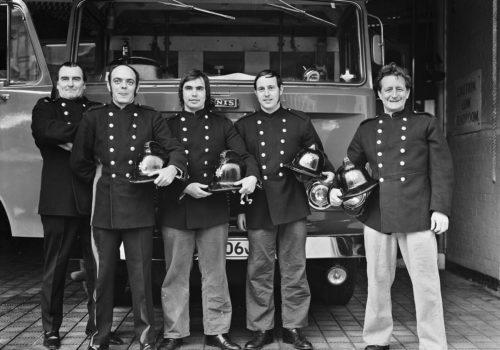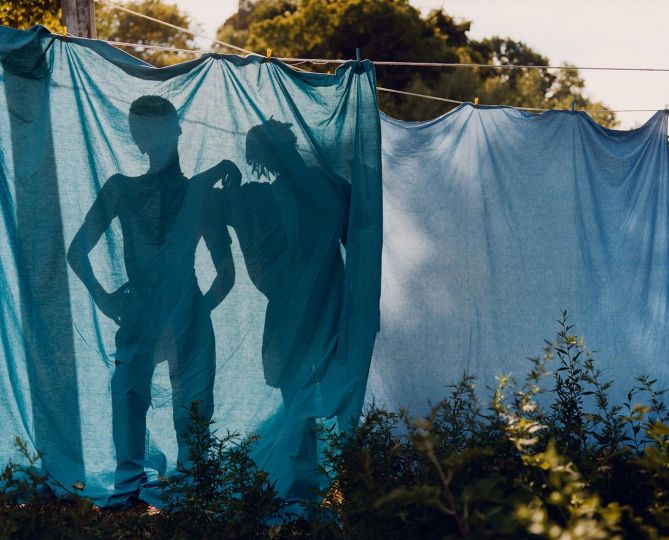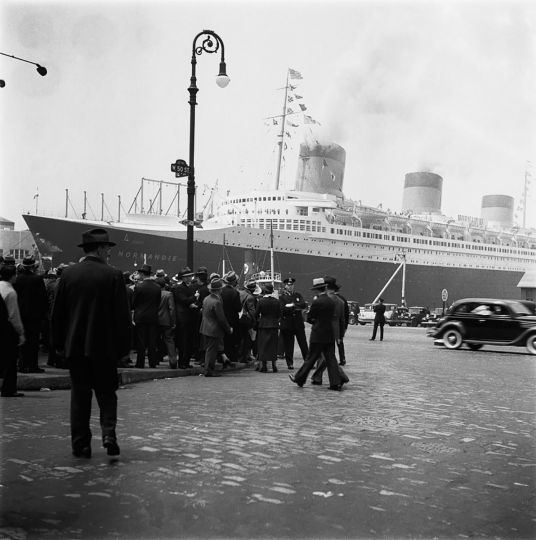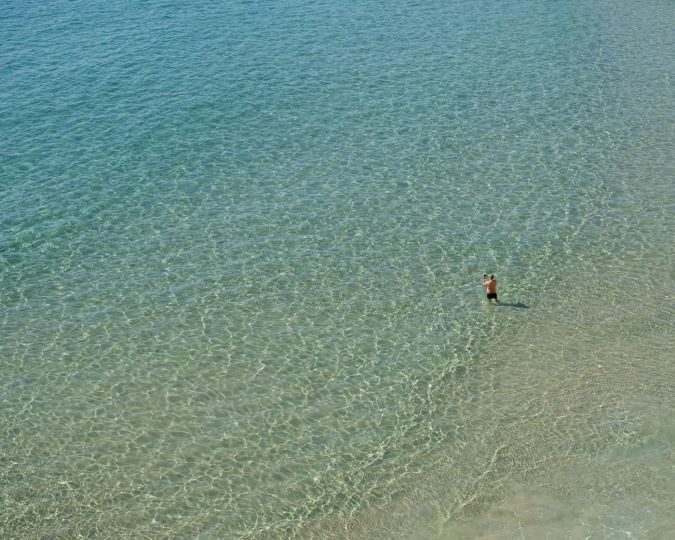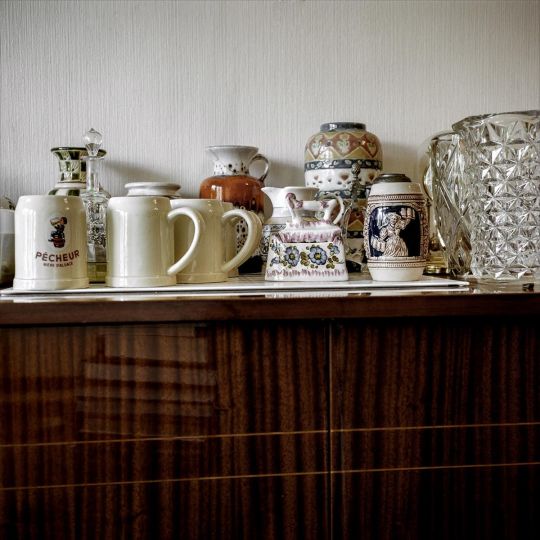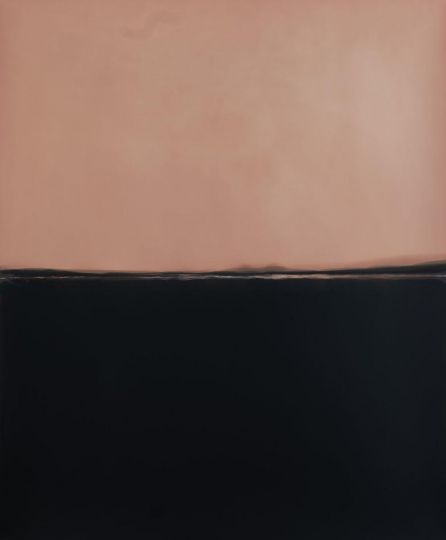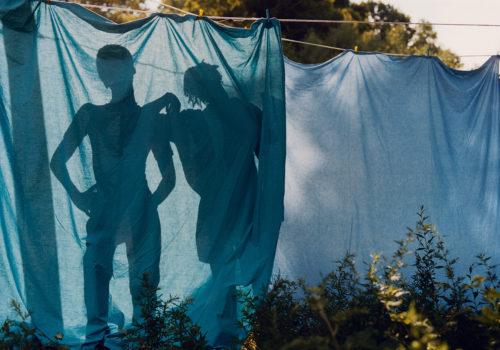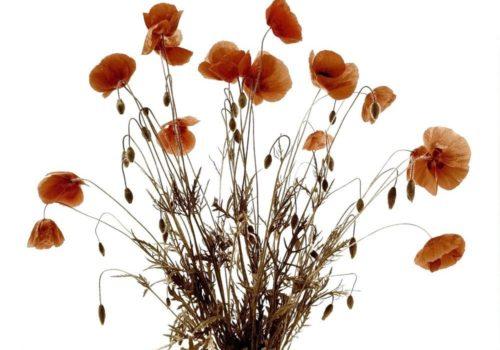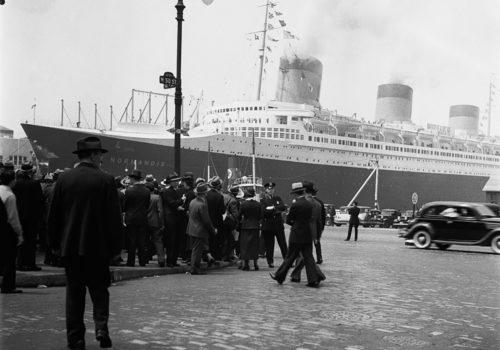A New Zealander now living in the Catskill Mountains, N.Y., John Eastcott published his first book of photographs at 17 and later earned a degree in photography in London, England. This large format black and white series was made in 1974, prior to meeting his future professional collaborator and life partner Yva Momatiuk in Wyoming. They soon decided to share their photographic credits, proposed their first story idea to National Geographic and embarked on their Canadian Arctic assignment titled Still Eskimo, Still Free article in 1976. More articles for the Society followed: documenting the lives of Māori of New Zealand’s East Cape, high country sheep farmers of New Zealand, mountain people of Poland and Slovakia, inhabitants of the marine and sub-Arctic realm of Newfoundland and Labrador, as well as Dance of Death about a bull moose killed by a family of wolves in Alaska, and Shore Leave, documenting violent breeding season of Southern elephant seals on South Georgia Island.
They have published six books, including This Marvellous Terrible Place: Images of Newfoundland and Labrador, which later became a stage production. Their images and stories have appeared in numerous magazines throughout the world. Their photographs have won prizes in Pictures of the Year and BBC Wildlife Photographer of the Year competitions and have appeared on US and Australian postage stamps.
Website: https://www.momatiukeastcott.com/
Email: [email protected]
For prints: contact by email
For Stock Images: https://www.mindenpictures.com/search?s=momatiuk
Introduction: Giving Service
“This is a photographic project centered on the Bank intersection, the heart of the City of London. It is the crossing of Poultry, Princes, Threadneedle, Cornhill, and Lombard Streets, among the oldest in the capital. His mission was to document the trades of the area, which were numerous and extraordinarily varied.” Lucy Sante
Lanza: How did the idea for this subject come about, what were your influences?
Eastcott: I was doing my degree in photography in England and the curriculum for the final year was to produce a year’s work, including one major project. My Major Opus was made between February and June of 1974. I conceived it to challenge my weaknesses: being confined in a big city, photographing total strangers and mastering a view camera. I had no script, only a desire to see where the concept would take me.
My documentary approach was inspired by the U.S. Farm Security Administration photography project, initiated in 1937. I wanted to make portraits of ordinary people exactly as I encountered them in their workplaces.
The choice of 4”x5” black and white format was influenced by the recently published work East 100th Street by Bruce Davidson, who had taken his large format camera into cramped interiors and made intimate images of the people he befriended with detail and tonal gradation which 35mm cameras, with their greater spontaneity, just could not do.
Lanza: How did you arrive at the location in that part of London to make the portraits?
Eastcott: I felt the project needed some physical restraint, a boundary for the serendipitous nature of the work to play out in. I took the ancient intersection of seven streets in front of the Bank of England as the epicenter of the circle I drew. I liked the thought that all these people with their dynamic occupational diversity, social backgrounds and personal histories worked less than one kilometer from each other.
Lanza: What was your process and approach for photographing the portraits inclusive of the technical aspects?
Eastcott: I just walked the streets, went into obscure lanes and knocked on doors. There were times when permission was required before making an image, and sometimes an appointment had to be established. This took time and returned visits, but there were very few refusals and the responses were as varied as the personalities. I was shy and deferential, which engendered a helpful attitude from nearly everyone. I felt greatly privileged to have had such an open response, and you can see it in many of the faces I photographed.
I lugged my 4×5 Linhof Technica camera, three lenses, multiple sheet film holders and a heavy tripod from place to place and subject to subject. I used only natural light and allowed the people to pose as they wished. Dispensing with a black cloth, I would judge the composition (all images are full frame) with a reflex adapter giving an inverse image on the ground glass screen, and thus maintain full contact with my subjects before dropping the film holder in and pressing the shutter. My exposures in many dim interiors were long and required somewhat static poses of the people. This did not bother me; to the contrary, it often imbued them with dignity. I collected brief stories from each person to create captions and personalize the images. People I met would refer me to others, especially as I slowly created the portfolio and they could see the nature of my work. I later returned to see them and give everybody a print.
Lanza: What are you looking to do with this series, as they remained unpublished until now? Only a few are in this very limited article, and one set of prints is in the Guildhall Library archive in London.
Eastcott: The original negatives were on Ilford acetate film which was slowly turning cyan —and fading. To preserve the work, I made high quality digital files from the negatives: 14,400 x 18,000 pixels. I believe these images would have a strong impact when printed large and displayed in a gallery setting, allowing an audience to absorb their human and historical impact, their richness of detail and the everyday lives of working people 50 years ago. The captions fill out background stories and lend a personal hue to each image; they are integral to the work. And not many photographers dedicate time and resources to this type of large format documentation.
Lanza: What was the emotional experience your gained from this project and how did it influence your later career?
Eastcott: As a New Zealander, I came from a country whose colonial roots of its newly established cities went back barely 100 years, but in London they went back millennium. It wasn’t just finding myself in a city with three times the population of my entire native country but this historic crossroad in the heart of its old city presented a rich mixture of familiar and alien. People used English, their common language, but our accents told of different origins and the city surroundings offered a different depth of tradition. I was afforded a glimpse of what the early settlers from England to NZ left behind and what traditions they had kept building a new colony 12,000 miles from their origin.
Just as importantly, I was embarking on my journey into adulthood and the need to become self-sufficient, and I wanted to see how others had navigated their individual quests. The richness of human diversity I found within this 1 km diameter circle provided fodder for my dreams and permission to seek my own ambitious horizons.
My London subjects were trying to help a young student to get his degree, and their desire to help is expressed in many faces: in nearly all cases, these people were my elders. The reaction of those portrayed is not just a response to having a large camera and tripod plonked in their workplace with its lens pointed at them, but to a naive young man from a former British colony on the other side of the world and his audacious request to photograph them at their work. My initial title for the piece was the rather dry description: People who work within half a kilometer of the Bank of England. Looking back on the work with a more mature experience of what these people showed me, I now call it Giving Service, both for the respect I have for the everyday work they contributed to their society, and gratitude for allowing me to intrude, document and learn from the time and attention they gave to a younger me.
When I was 15, I began to dream about falling in love with a young woman, traveling the world and photographing for National Geographic. And only one year after I made my London images I was on a back road hitching a ride into town when a Land Rover pulled over, its front bench strewn with cameras. “Another photographer?” I blurted out cheerfully. “And who’s the original one?” the woman at the wheel retorted. It was only a 15- minute drive into Jackson, Wyoming, but I was jolted into a new reality and awestruck. The lovely woman I dreamed of falling in love with might actually exist!
We met again a week later and I showed her this work. Yes, I was another photographer. Ten months later we had published the first magazine story with our dual credit and secured our first of many National Geographic magazine assignments.

